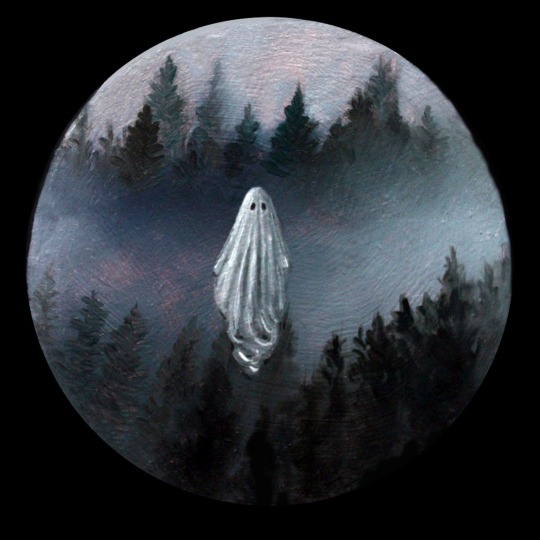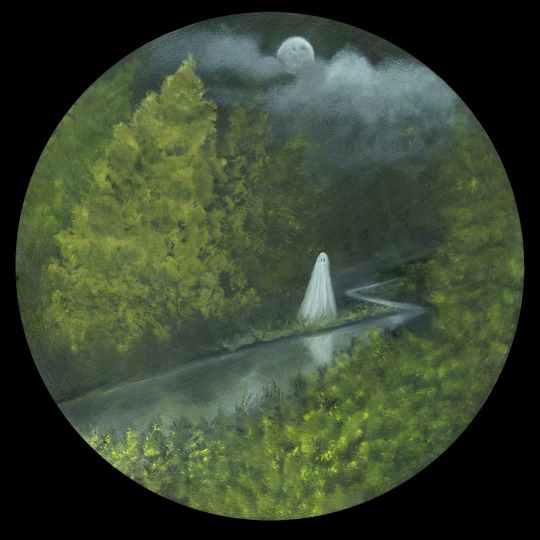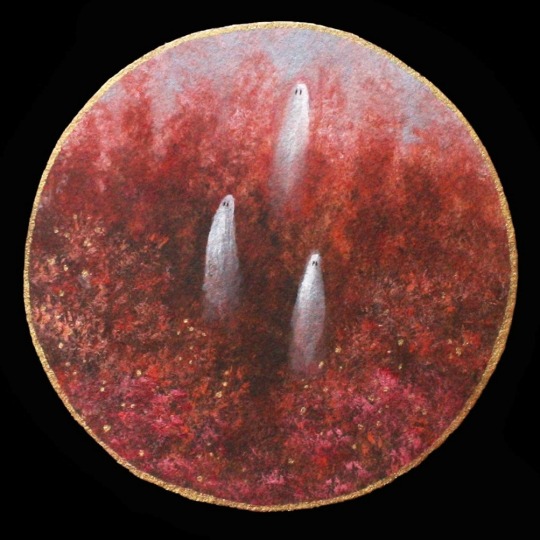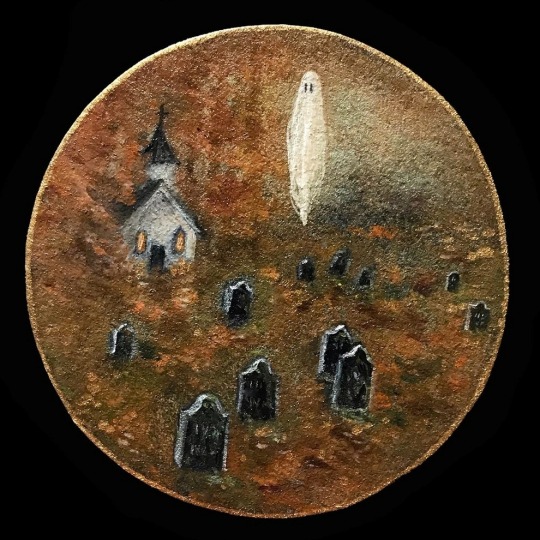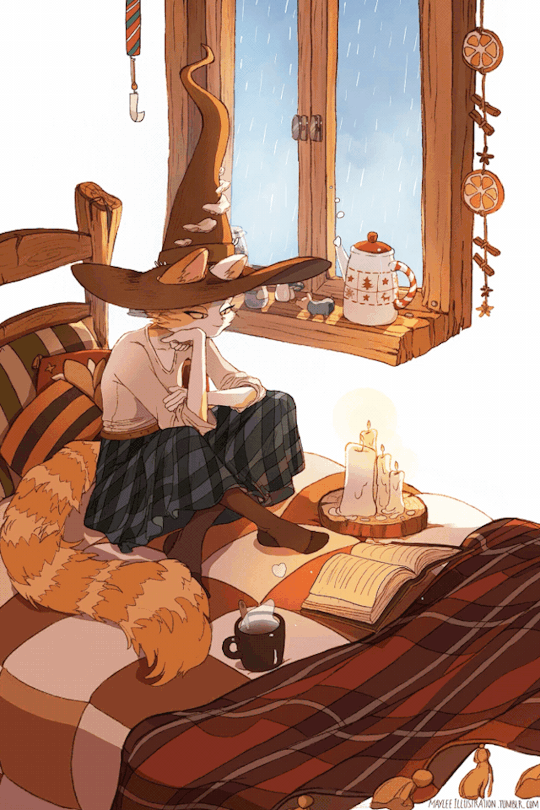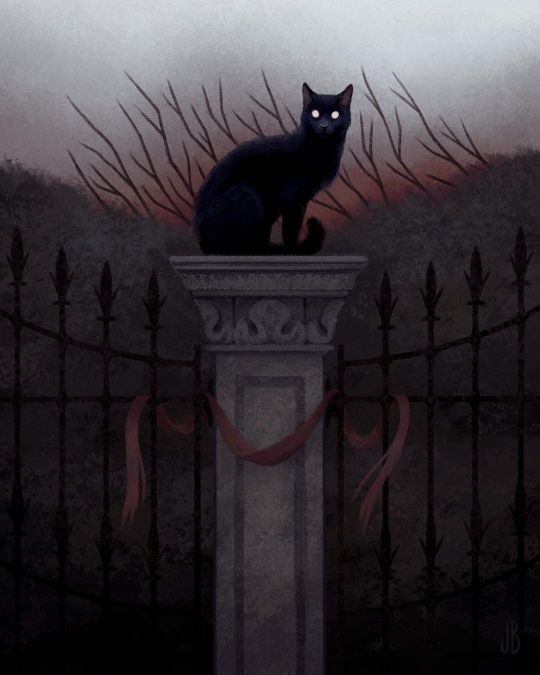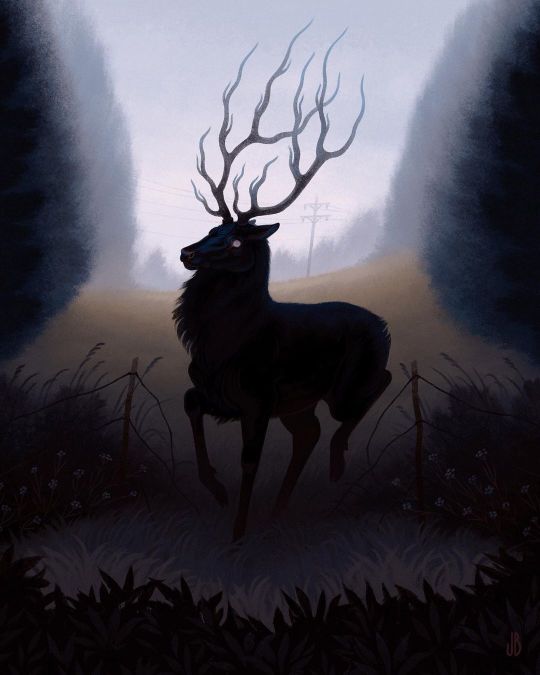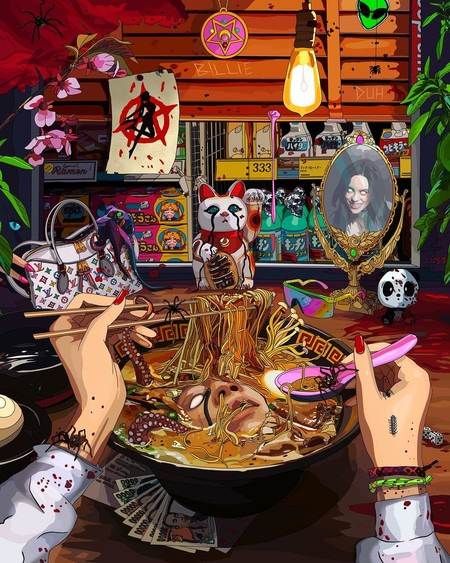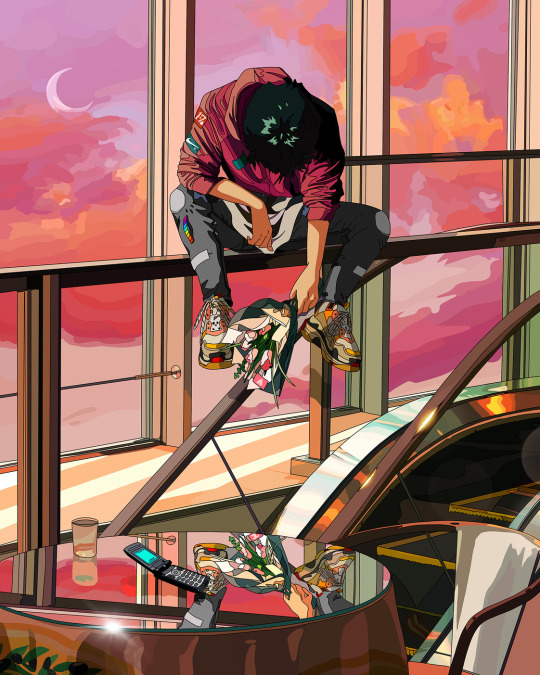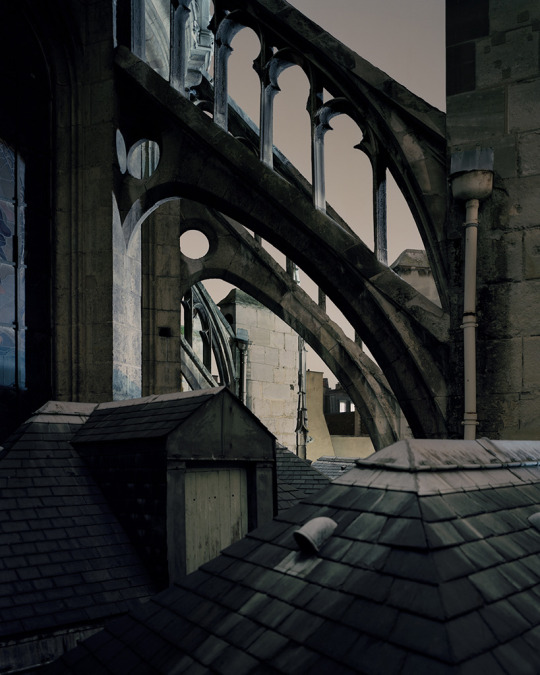Photo
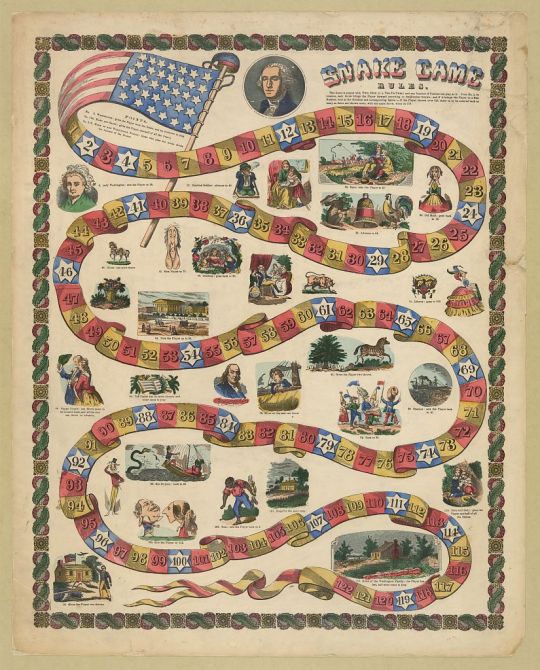
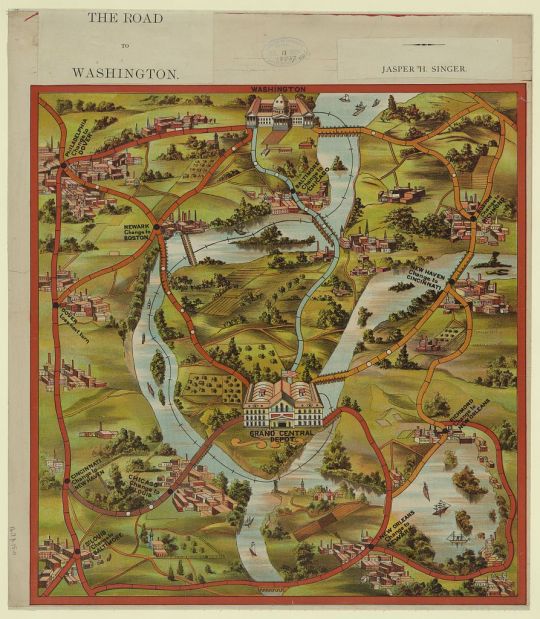
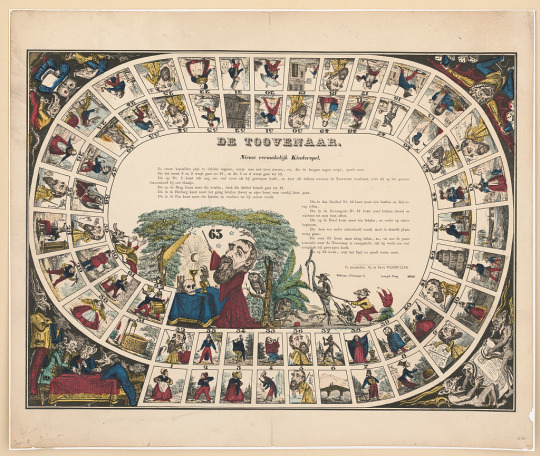


Game boards of old.
Snake Game (USA 1840).
The Road to Washington (USA 1884).
De toovenaar, nieuw vermakelijk kinderspel (Netherlands 1856).
Los charros contrabandistas. Juego de dados (Mexico ca. 1900).
Die Reise nach Paris (Germany ca. 1855).
332 notes
·
View notes
Video
I gave this awesome Life is Strange fan art by https://a-cringelord.tumblr.com a soundtrack.
29 notes
·
View notes
Video
Source
73 notes
·
View notes
Photo

Toyota Landcruiser J60.
13 notes
·
View notes
Photo

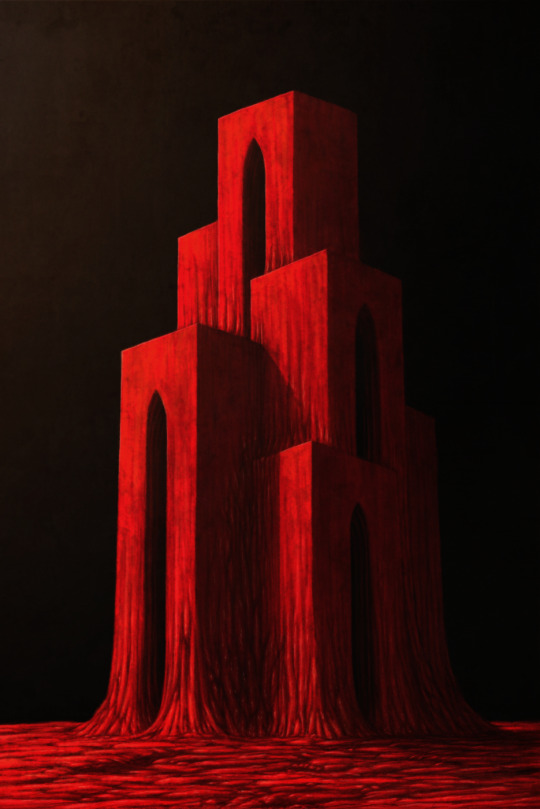


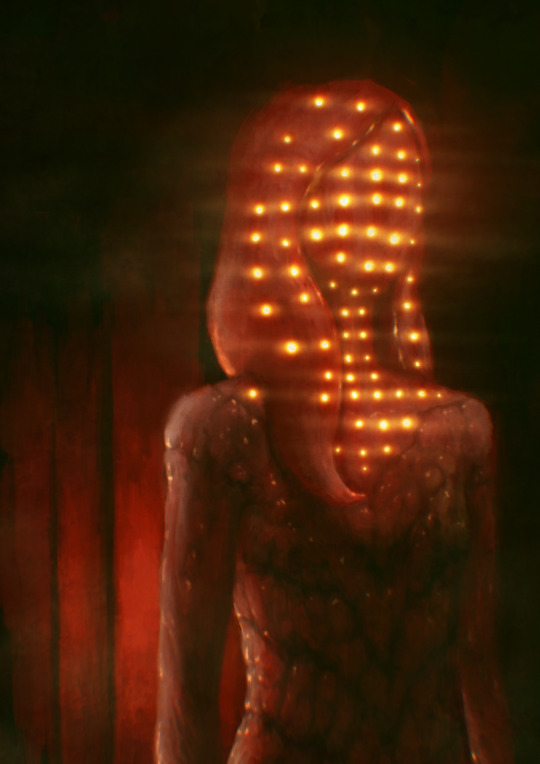
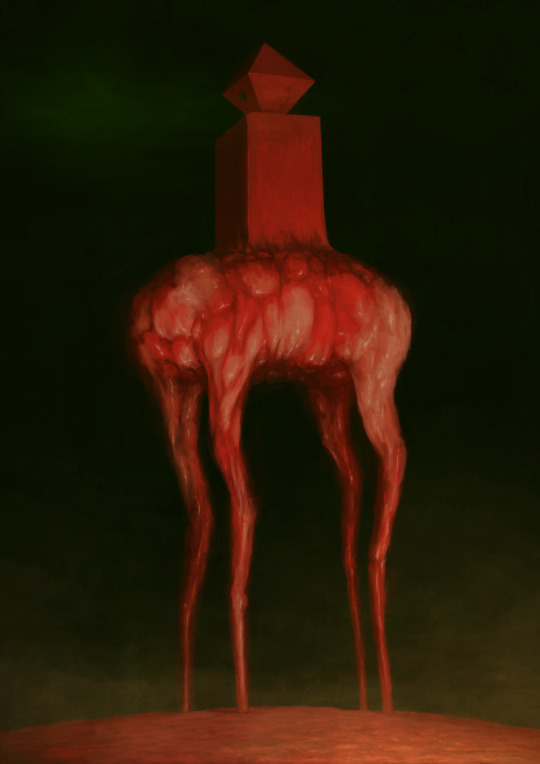
Dark art by Guru
8 notes
·
View notes
Photo

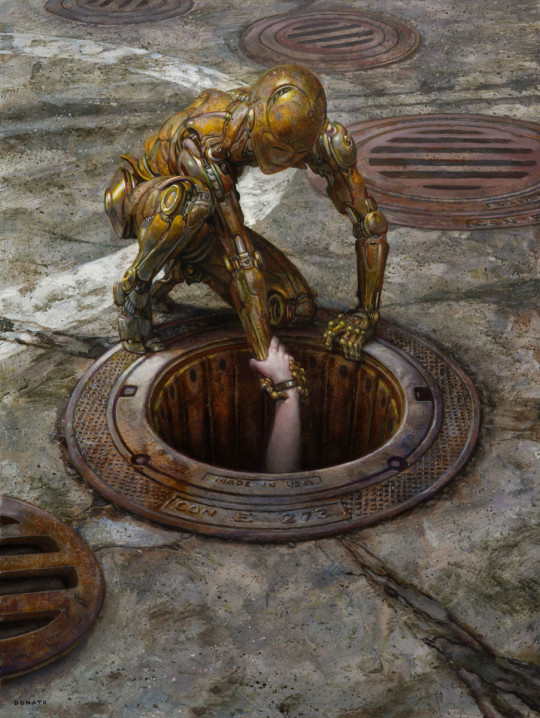

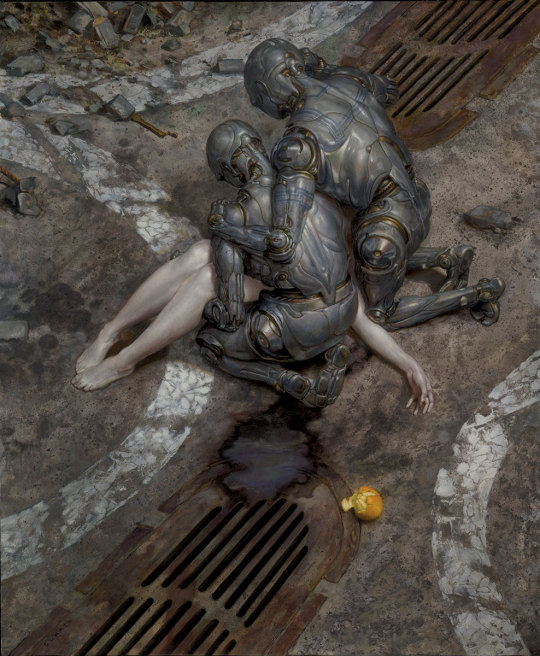

Art by Donato
0 notes
Photo



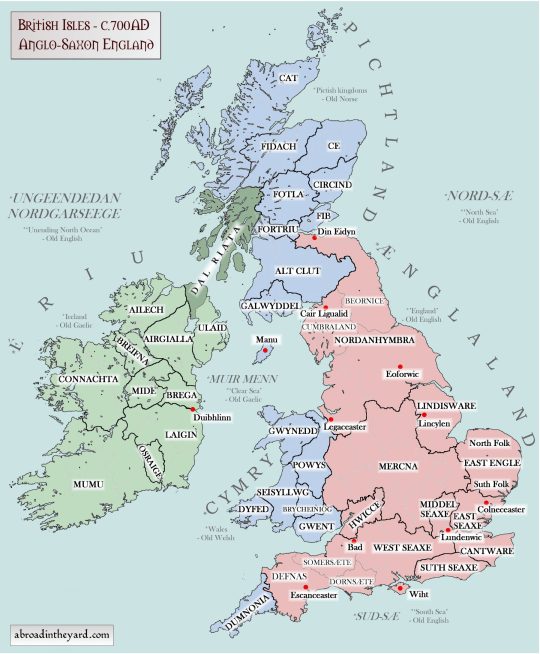
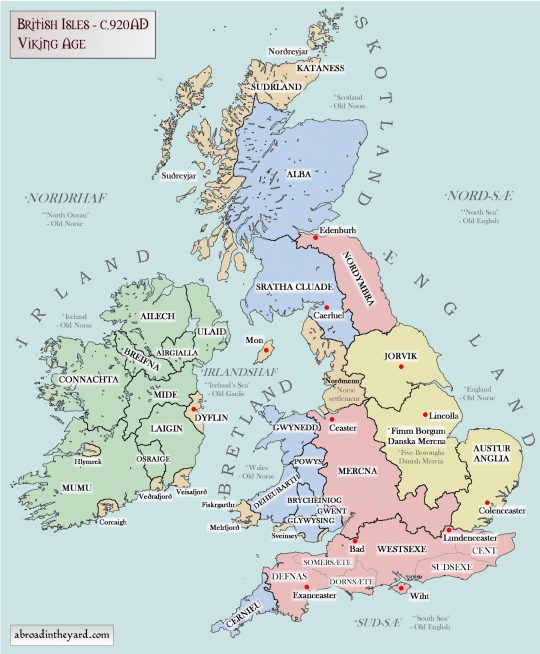

The old counties of Britain & Ireland formed as medieval structures of government, but the origins of many of their names and borders lie even deeper in antiquity.
Usually the names and borders of counties relate to ancient kingdoms or tribal territories. Although territorial borders have ebbed and flowed over centuries of shifting power many have remained constant, defined by natural features such as rivers and hills. Archaeology has found many examples of continuous territorial borders where, for instance, Roman villa estate boundaries were identical to those of medieval estates a thousand years later.
The earliest recordings of the inhabitants of the British Isles were made by Roman and Greek geographers, especially Ptolemy in the 2nd century AD. The ethnic names they gave to these Iron Age Celtic tribes may not be the names by which they knew themselves. Some, though, shared common names with tribes elsewhere in the British Isles and in Europe.
Britain was first divided into large administrative areas following Roman conquest from 43 AD. Petty kingdoms took their place after the fall of Roman Britain in the 5th century AD and formed along old tribal lines, as well as new divisions of land created by Anglo-Saxon and Viking settlers.
Many of the areas that would later form the historic counties of the British Isles had already taken shape by the time of the Norman conquest of England in 1066.
The maps above use historic county borders to map the supposed territories of the Celts, Romans, Anglo-Saxons and Vikings in the British Isles.
DNA evidence suggests that these borders are more than mere conjecture. Scientists from Oxford University recently studied the genetic make up of modern Britons and were amazed to find that they still live in the same broad tribal groupings as their ancestors almost 1,500 years ago.
As you will see, the map showing the British Isles c. 600 AD, after the fall of the Roman Empire and the start of the Anglo-Saxon invasion, is almost identical to their map plotting 17 distinct genetic groups found in British DNA.
The study analysed the DNA of over 2,000 people from rural areas of the UK, whose four grandparents were all born within 50 miles of each other. This provided the researchers with a snapshot of UK genetics in the late 19th Century before mass migration events. (It is a pity the study did not extend to the modern population of the Republic of Ireland as their genetic links to the rest of the British Isles would be fascinating to see).
What it shows about the UK population is that many local communities have stayed put for almost 1,500 years – many for far longer – and that their strong sense of regional identity with their birthplace is deep in their DNA.
This is most strikingly seen in the genetic split between people living in modern Cornwall and Devon where the division lies exactly along the county border along the River Tamar; the people living on either side of the river have different DNA.
The largest genetic groupings, particularly in southern and central England, coincide with the territories of invading Angles, Saxons and Jutes from Denmark.
Smaller genetic groups in Wales and the north of England tally with the strongholds of the ancient Britons, such as the kingdom of Elmet in what is now West Yorkshire.
The study’s other remarkable findings included:
– There are more genetic differences between North and South Wales than between Kent and Scotland.
– There is more similarity between people in the North of England and Scotland than people in the south of England.
– There is no single ‘Celtic’ genetic group. The Celtic parts of the UK (Scotland, Northern Ireland, Wales and Cornwall) are among the most different from each other genetically.
– Anglo-Saxon invaders tended to intermarry with, rather than replace the existing population.
– There is no large genetic signature from the Vikings even though they controlled large parts of the British Isles.
– Only Orkney residents were found to have significant levels of Viking DNA; a quarter of their DNA coming from Norway, suggesting that the Norse Viking invasion of the 9th century added to rather than replaced the characteristics of the indigenous settlers.
– There is also little Roman DNA in the British genetic make-up.
Source
#maps#historical maps#britain#historical britain#historical ireland#historical scotland#vikings#anglo saxons
179 notes
·
View notes
Photo

Social media in a nutshell.
0 notes
Photo





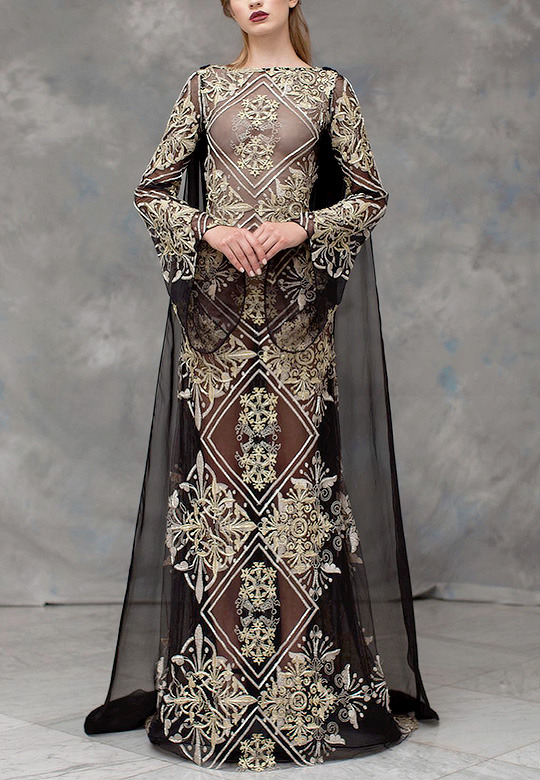
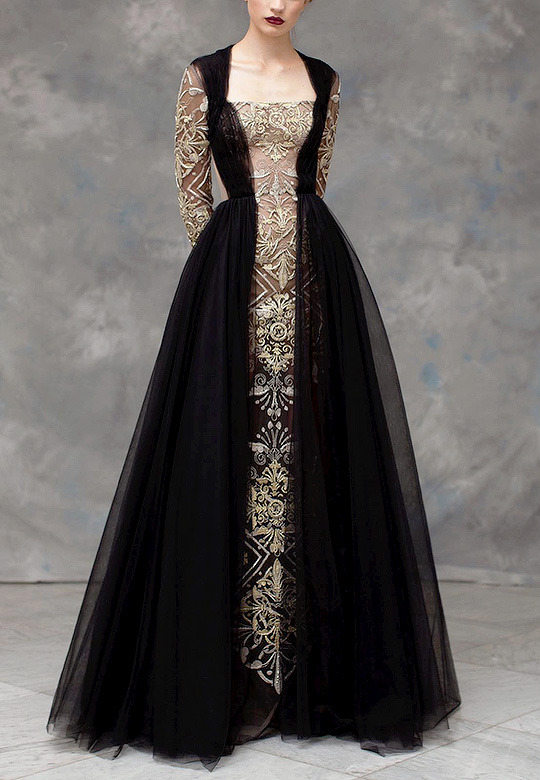

Favourite Designs: Rayane Bacha ‘Medieval Reveries’ Fall 2019 Haute Couture Collection
24K notes
·
View notes
Photo
It didn’t look like that though. The screen was blue with light blue letters.

586 notes
·
View notes
Photo

Carlo Crivelli (1435-1495): Madonna in Trono col Bambino che Consegna le Chiavi a Pietro.
Gemäldegalerie, Berlin
27 notes
·
View notes
